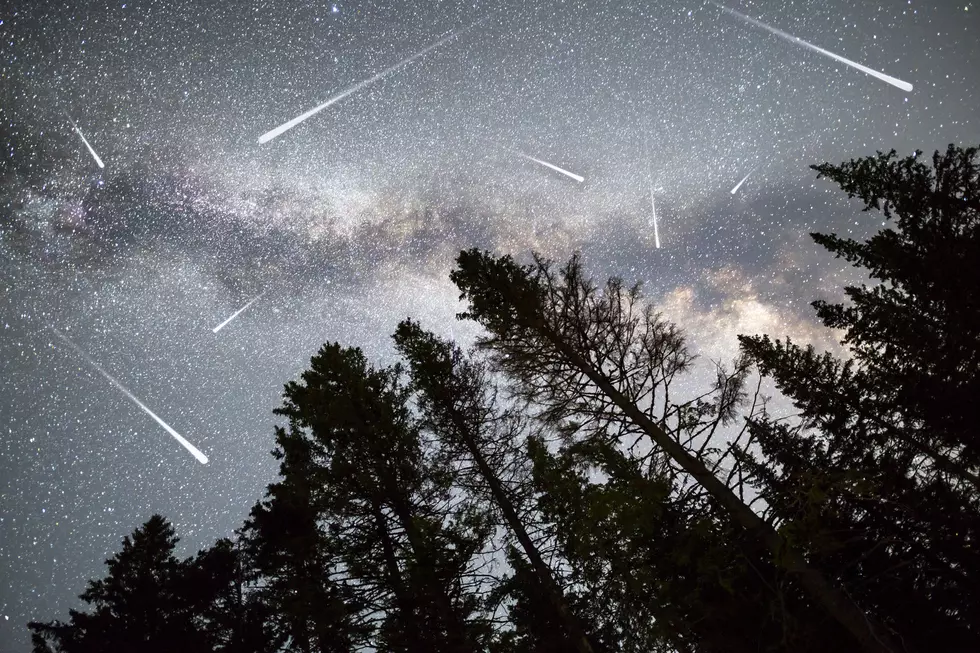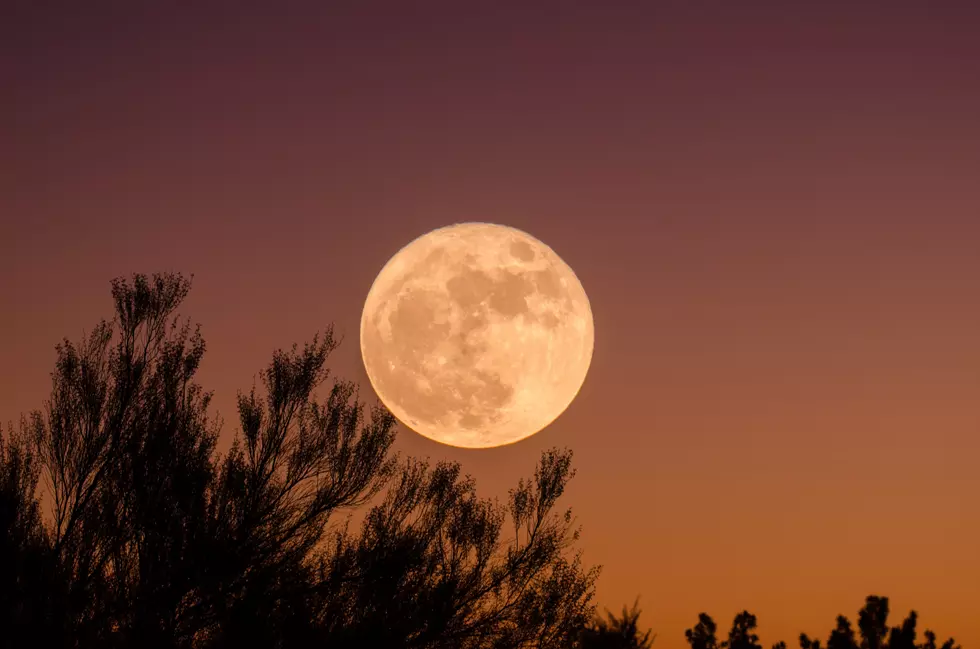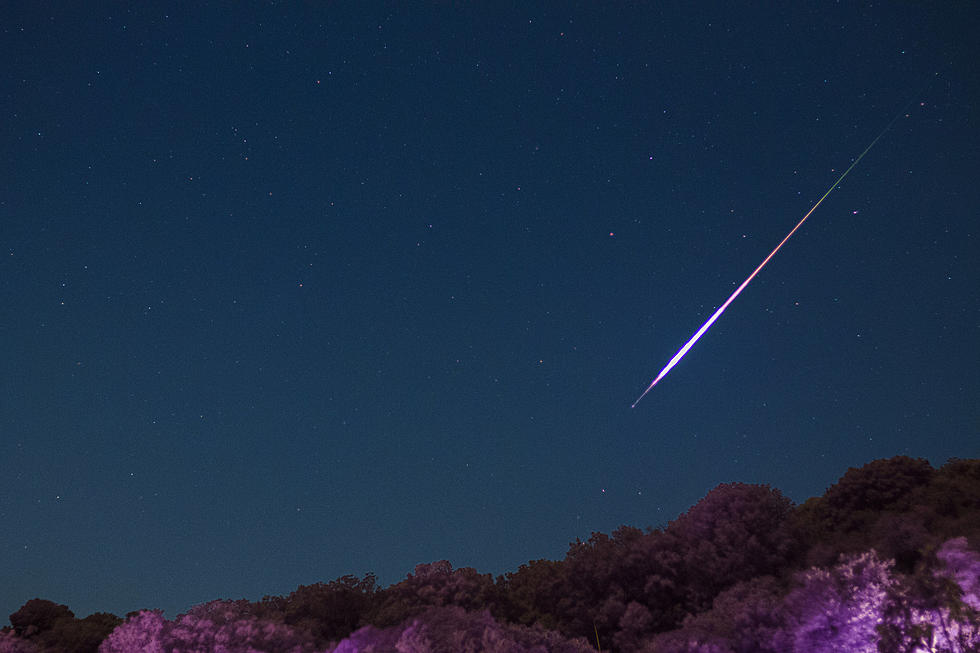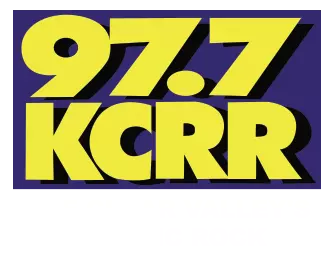
Geminid Meteor Shower This Weekend Could be the Best of All-Time
The annual Geminid meteor shower is expected to peak on the night of December 13-14 (Sunday evening into Monday morning).
But why might this year's Geminids be better than ever?
1.) We're very close to a new moon (12/14)
2.) This meteor shower is strengthening every year
3.) These particular meteors travel at medium speed compared to other showers, at about 22 miles per second, making them easier to spot.
The difficulty is that unlike the Perseids in August when it's warm and easy to grab a blanket and lie down on the summer lawn; we're in December, and you'll have to bundle up when waiting for these to graze across the sky.
But you don't have to wait until the peak on Sunday night for a chance to see the meteors streaking through the sky. These meteors come from asteroid 3200 Phaethon, which has a diameter of over 3.5 miles and this rocky object approaches the Sun closer than any other named asteroid.
According to earthsky.org, near the peak, you can often catch 50 or more meteors per hour. But this year, you might be able to see upwards of 150 meteors per hour.
The higher the constellation Gemini climbs into the sky, the more meteors you’re likely to see, which will be at its highest point around 2 AM.
The two “twin” stars in the constellation are named Castor and Pollux, with Pollux being the 17th brightest star in the sky and Castor coming in at the 24th brightest.
Look for Gemini in the sky just to left of the constellation Orion to the North and East. The meteors are not actually from Gemini, but they appear to "radiate" from the constellation and you'll be able to see them all over the sky. BUNDLE UP!
READ ON: Weird, wild UFO sightings from throughout history
More From 97.7 KCRR

![December 2023 Holiday Events in Eastern Iowa [LIST]](http://townsquare.media/site/675/files/2023/11/attachment-__-drz-__-YZZz0_MfHto-unsplash.jpg?w=980&q=75)







